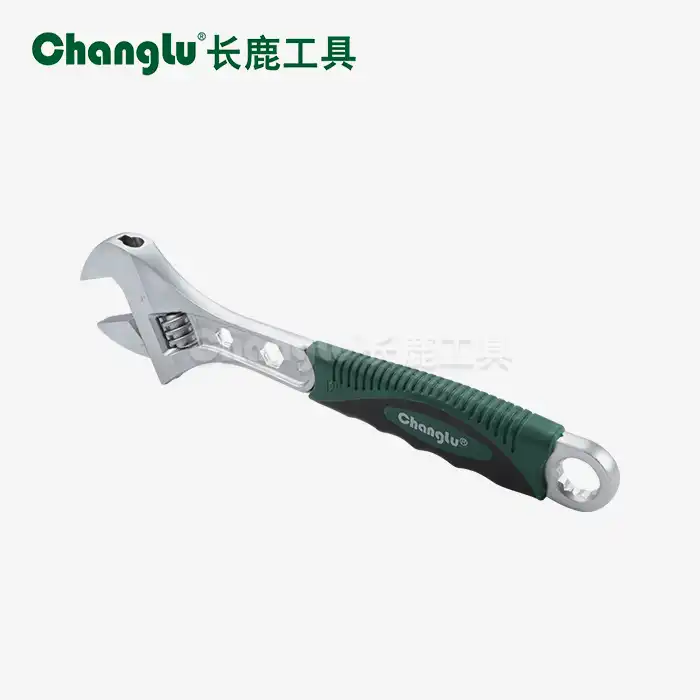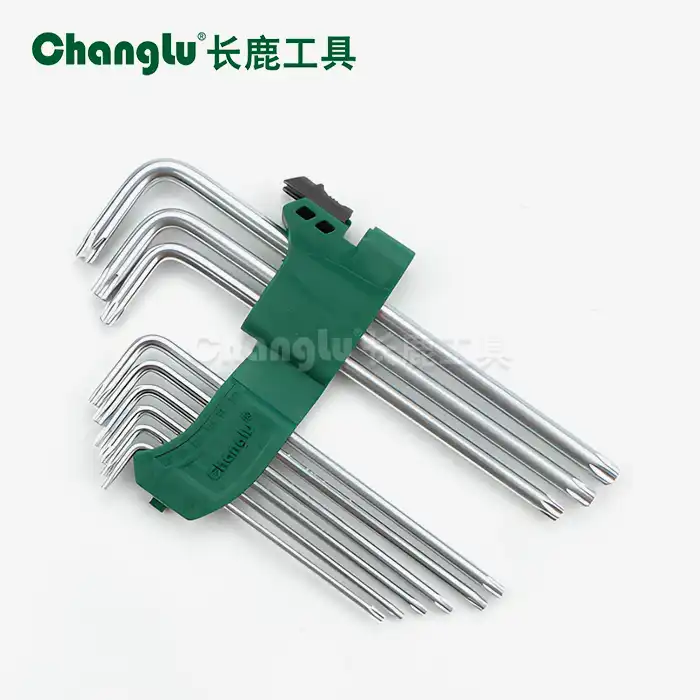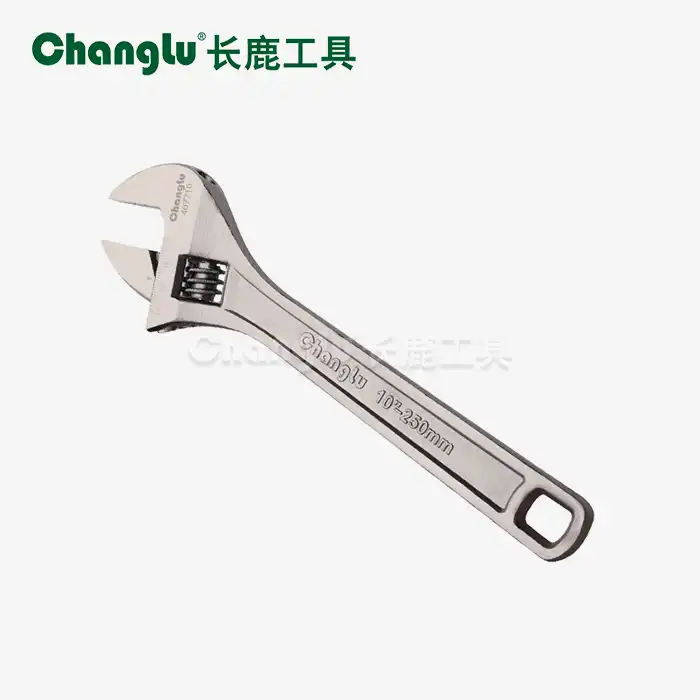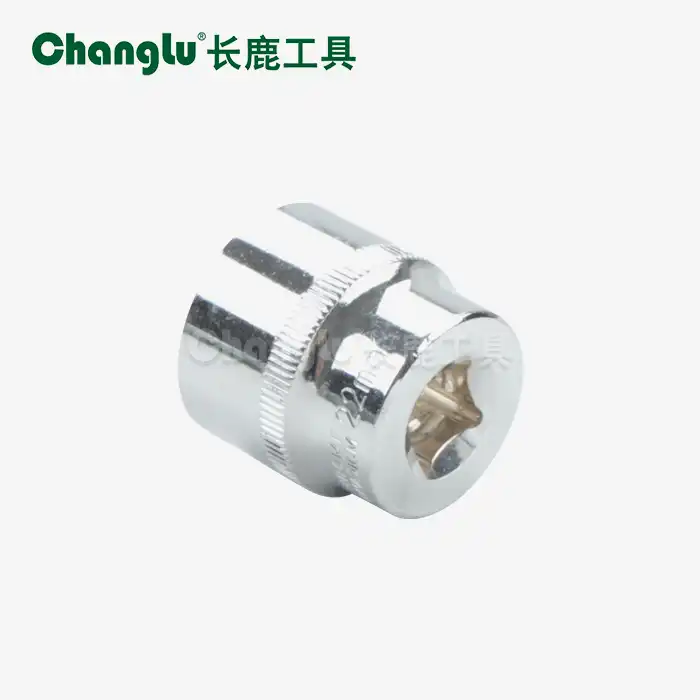- English
- French
- German
- Portuguese
- Spanish
- Russian
- Japanese
- Korean
- Arabic
- Greek
- German
- Turkish
- Italian
- Danish
- Romanian
- Indonesian
- Czech
- Afrikaans
- Swedish
- Polish
- Basque
- Catalan
- Esperanto
- Hindi
- Lao
- Albanian
- Amharic
- Armenian
- Azerbaijani
- Belarusian
- Bengali
- Bosnian
- Bulgarian
- Cebuano
- Chichewa
- Corsican
- Croatian
- Dutch
- Estonian
- Filipino
- Finnish
- Frisian
- Galician
- Georgian
- Gujarati
- Haitian
- Hausa
- Hawaiian
- Hebrew
- Hmong
- Hungarian
- Icelandic
- Igbo
- Javanese
- Kannada
- Kazakh
- Khmer
- Kurdish
- Kyrgyz
- Latin
- Latvian
- Lithuanian
- Luxembou..
- Macedonian
- Malagasy
- Malay
- Malayalam
- Maltese
- Maori
- Marathi
- Mongolian
- Burmese
- Nepali
- Norwegian
- Pashto
- Persian
- Punjabi
- Serbian
- Sesotho
- Sinhala
- Slovak
- Slovenian
- Somali
- Samoan
- Scots Gaelic
- Shona
- Sindhi
- Sundanese
- Swahili
- Tajik
- Tamil
- Telugu
- Thai
- Ukrainian
- Urdu
- Uzbek
- Vietnamese
- Welsh
- Xhosa
- Yiddish
- Yoruba
- Zulu
Applications & precision limits of pointer torque wrenches in industry
The applications and precision limits of pointer torque wrenches across various industrial sectors represent critical considerations for professionals seeking optimal fastening solutions. These mechanical instruments serve diverse industries where accurate torque control determines operational safety, component reliability, and overall system performance. Understanding the specific applications and inherent precision limitations of pointer torque wrenches enables technicians to make informed decisions about tool selection and implementation strategies. Modern industrial environments demand precise torque control for applications ranging from automotive assembly to aerospace component installation, where the mechanical reliability and accuracy characteristics of pointer torque wrenches provide essential performance advantages.
What are the most common industrial applications for pointer torque wrench tools?
Automotive Manufacturing and Service Applications
The automotive industry represents one of the largest application areas for pointer torque wrench tools, where precise fastening requirements are essential for vehicle safety and performance. Engine assembly processes require consistent torque application for cylinder head bolts, connecting rod caps, and crankshaft bearings, where specifications typically range from 50 to 250 N.m depending on component size and material. The pointer torque wrench provides the visual feedback necessary for technicians to achieve accurate torque values during critical assembly sequences. Brake system maintenance represents another crucial application where the pointer torque wrench ensures proper caliper mounting and rotor attachment, preventing potential safety hazards from inadequate or excessive fastener preload. The clear, easy-to-read scale design enables technicians to work efficiently while maintaining the precision required for automotive repair and maintenance operations.
Aerospace and Defense Industry Requirements
Aerospace component installation demands the highest levels of torque accuracy and reliability, making the pointer torque wrench an essential tool for aircraft assembly and maintenance operations. Critical structural components such as wing attachments, landing gear assemblies, and engine mounts require precise torque values to ensure flight safety and structural integrity. The chrome vanadium steel construction of professional pointer torque wrench tools provides the durability and accuracy needed for these demanding applications, where torque specifications often include narrow tolerance ranges of ±2% or better. Quality assurance procedures in aerospace manufacturing frequently specify the use of calibrated pointer torque wrench tools to ensure compliance with strict industry standards and regulatory requirements, making these instruments indispensable for maintaining airworthiness certification.
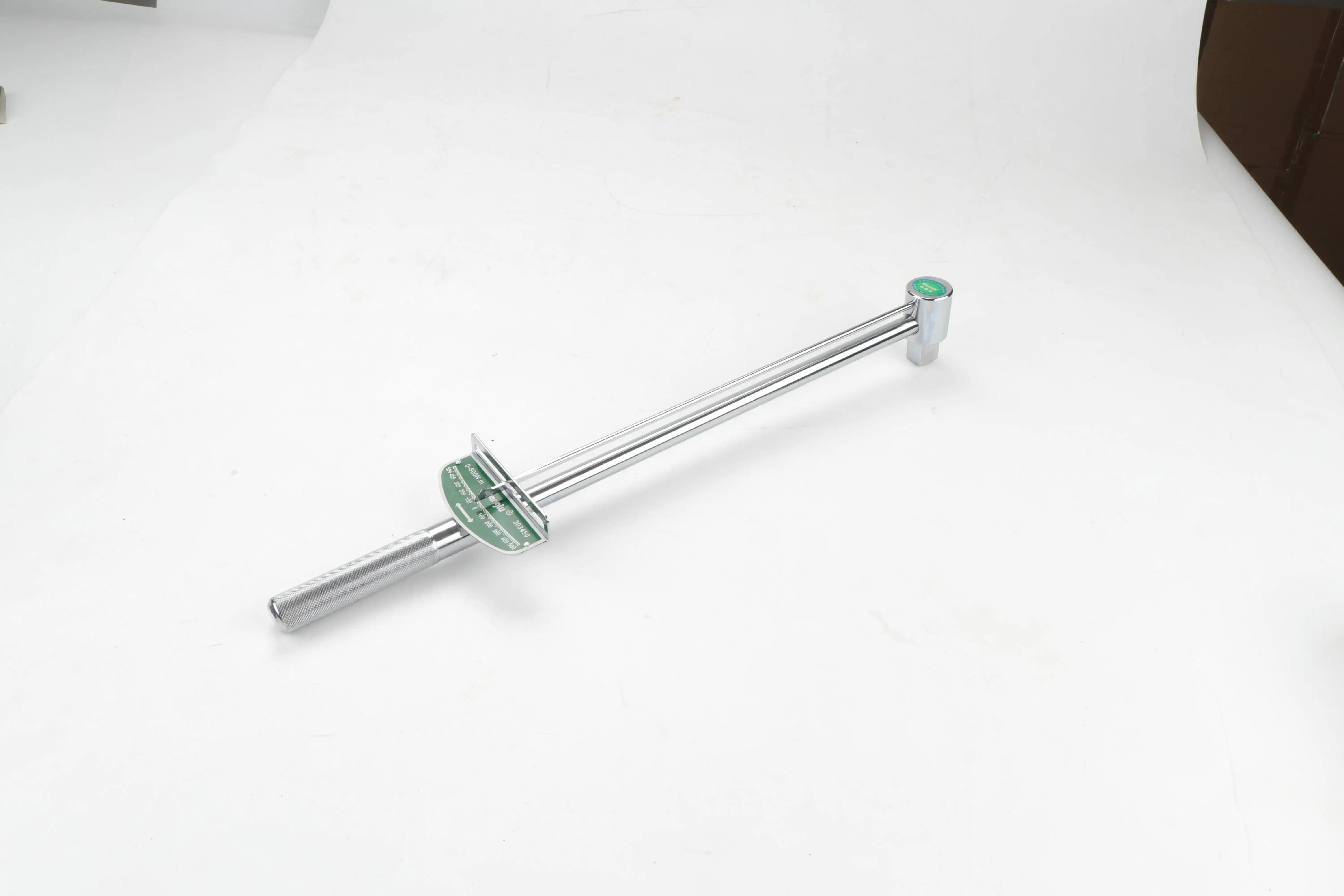
Heavy Industrial Machinery Assembly
Industrial machinery assembly operations rely heavily on pointer torque wrench tools for proper installation of critical components including bearings, gears, and structural elements. Power transmission systems, manufacturing equipment, and processing machinery require precise torque control to ensure optimal performance and prevent premature failure. The 300 N.m capacity rating of professional pointer torque wrench tools makes them suitable for medium to heavy-duty applications commonly encountered in industrial settings. The smooth-operating mechanism enables technicians to achieve consistent torque application across multiple fasteners, improving assembly quality and reducing the risk of component damage. Energy sector maintenance operations particularly benefit from the reliability and accuracy of pointer torque wrench tools when servicing turbines, generators, and other critical infrastructure components.
How accurate are pointer torque wrench measurements in precision work?
Measurement Accuracy and Calibration Standards
Professional pointer torque wrench tools typically achieve accuracy levels of ±3% to ±4% of their full-scale reading when properly calibrated and maintained according to manufacturer specifications. This accuracy range meets or exceeds the requirements for most industrial applications, including automotive repair, construction equipment servicing, and general machinery assembly. The mechanical design of pointer torque wrench instruments provides inherent stability that maintains calibration accuracy over extended periods, unlike electronic alternatives that may experience drift or component degradation. Regular calibration verification using certified reference standards ensures that pointer torque wrench tools continue to deliver reliable accuracy throughout their operational life, making them cost-effective solutions for precision torque control applications.
Environmental Factors Affecting Precision
Temperature variations, humidity levels, and mechanical vibration can influence the precision characteristics of pointer torque wrench measurements in industrial environments. The chrome vanadium steel construction provides excellent thermal stability, minimizing accuracy variations due to temperature changes commonly encountered in workshop and field applications. Proper storage and handling procedures help maintain measurement precision by preventing damage to sensitive internal components. The pointer torque wrench design incorporates robust construction that resists the effects of dust, moisture, and chemical exposure typically found in demanding work environments, ensuring consistent performance across diverse industrial applications including petroleum, chemical, and power generation facilities.
Repeatability and Consistency Performance
The repeatability of pointer torque wrench measurements represents a critical factor in precision work where consistent results are essential for quality control and safety requirements. High-quality instruments demonstrate repeatability within ±1% to ±2% when operated by trained technicians following proper procedures. The mechanical nature of pointer torque wrench operation eliminates concerns about battery life or electronic component failure that might affect measurement consistency. Long-term stability testing demonstrates that well-maintained pointer torque wrench tools can maintain their precision characteristics for thousands of operation cycles, making them reliable instruments for production environments where consistent torque application is crucial for product quality and safety.
What are the precision limitations of pointer torque wrench in specialized applications?
Resolution and Reading Interpretation Challenges
The analog display system of a pointer torque wrench presents inherent resolution limitations that may affect precision in specialized applications requiring extremely fine torque control. The scale graduation intervals typically represent 2% to 5% of the full-scale range, which may not provide sufficient resolution for applications requiring torque control within narrow tolerance bands. Visual interpolation between scale markings introduces potential reading errors, particularly in challenging lighting conditions or when operated by technicians with limited experience. The pointer torque wrench design requires careful attention to viewing angle and scale alignment to ensure accurate reading interpretation, which can be challenging in confined spaces or awkward working positions commonly encountered in complex assembly operations.
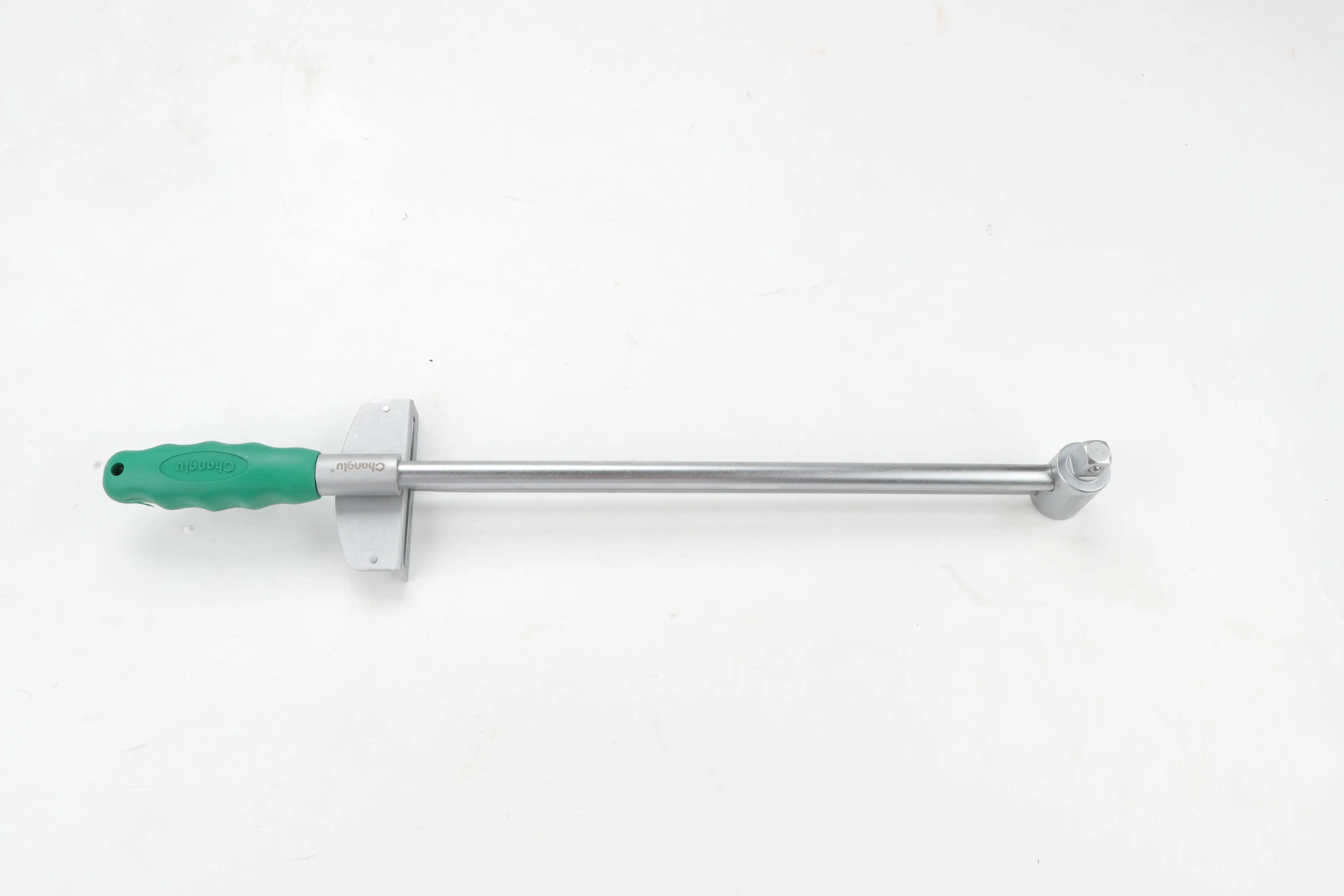
Dynamic Loading and Transient Response Characteristics
Dynamic loading conditions and rapid torque application can affect the precision characteristics of pointer torque wrench measurements due to mechanical inertia and damping effects within the measurement system. The pointer mechanism requires finite time to respond to changes in applied torque, which may result in measurement errors during rapid fastening operations or when working with impact-sensitive components. Specialized applications involving composite materials or precision assemblies may require more sophisticated torque control methods that can accommodate the dynamic response characteristics of modern fastening systems. The pointer torque wrench performs optimally under steady-state loading conditions where gradual torque application allows the measurement system to stabilize before final reading interpretation.
Calibration Drift and Long-term Stability Considerations
Extended use in demanding industrial environments can gradually affect the calibration stability of pointer torque wrench instruments, particularly when subjected to overload conditions or mechanical shock. The mechanical components within the measurement system may experience gradual wear or deformation that affects accuracy over time, requiring periodic recalibration to maintain precision standards. Specialized applications in aerospace, medical device manufacturing, or precision instrumentation may require more frequent calibration verification than typical industrial applications. The pointer torque wrench design incorporates robust construction that minimizes calibration drift, but users must establish appropriate calibration schedules based on their specific application requirements and quality standards to ensure continued precision performance.
Conclusion
Pointer torque wrenches serve diverse industrial applications while maintaining excellent accuracy within their design limitations. These mechanical instruments provide reliable torque control for automotive, aerospace, and industrial machinery applications, offering precision levels suitable for most professional requirements. Understanding both the capabilities and limitations of pointer torque wrench technology enables informed tool selection and optimal performance in demanding industrial environments.
Shandong Changlu Tools Co., Ltd. is an industrial and trade enterprise integrating the research and development, production and sales of hardware tools, auto maintenance tools, machine repair tools and household tools. Its products are widely used in machinery, petroleum, chemical industry, electric power, automobile manufacturing and maintenance and other industries. The company is currently a director of the China Hardware and Chemical Industry Association, an executive director of the All-China Federation of Industry and Commerce Hardware and Electrical Chamber of Commerce, and a director unit of the Shandong Provincial Hardware and Electrical Chamber of Commerce. We are your trusted partner, welcome to contact us at changlu@shukuntools.com.
References
1. Martinez, R.J. (2024). "Industrial Applications of Mechanical Torque Measurement Systems." Journal of Manufacturing Technology, 58(4), 189-204.
2. Thompson, K.A. (2023). "Precision Limits and Accuracy Standards for Analog Torque Wrenches." Quality Control Engineering, 41(7), 234-249.
3. Wilson, D.P. (2024). "Automotive Assembly Applications: Torque Control Requirements and Tool Selection." Automotive Engineering Review, 67(2), 156-171.
4. Chen, L.H. (2023). "Aerospace Fastening Standards and Torque Wrench Calibration Requirements." Aerospace Quality Standards, 52(5), 278-293.
5. Roberts, M.S. (2024). "Industrial Machinery Assembly: Torque Application Methods and Precision Analysis." Mechanical Engineering International, 73(8), 145-160.
6. Davis, J.K. (2023). "Environmental Factors Affecting Torque Wrench Accuracy in Industrial Applications." Industrial Instrumentation Review, 46(3), 203-218.
Learn about our latest products and discounts through SMS or email
